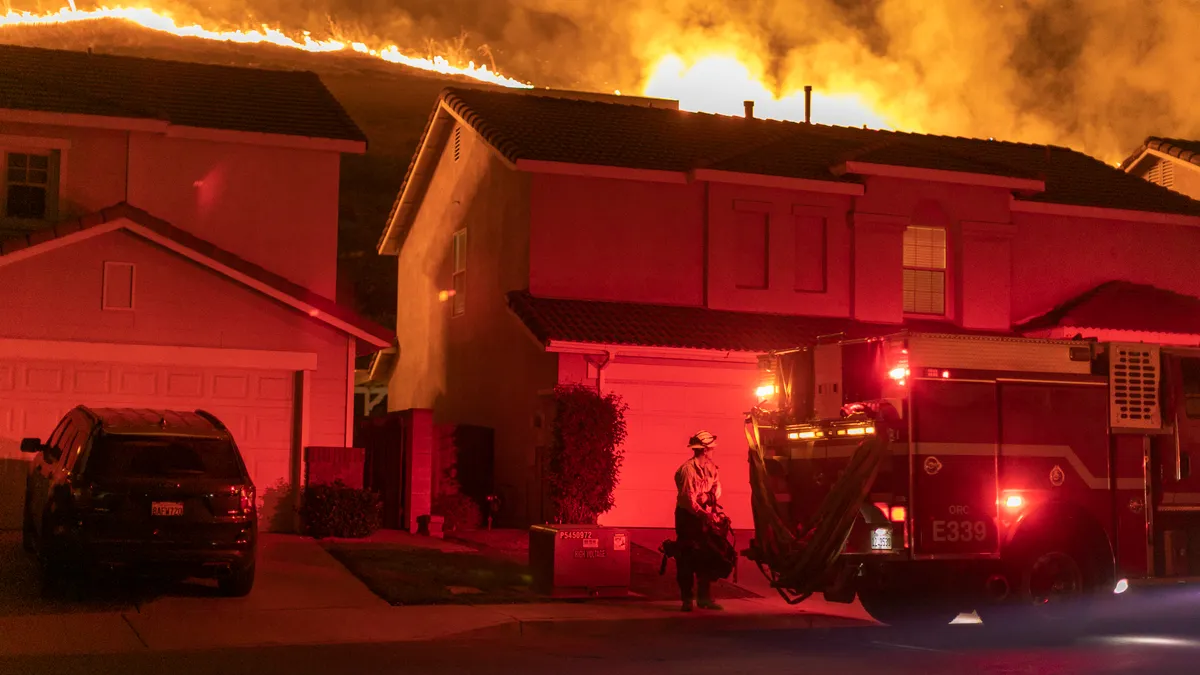It’s no secret that wildfires produce stifling smoke and hazardous pollutants. The emissions may be more toxic when blazes reach communities, incinerating buildings and vehicles, rather than remain in the wilderness, according to a new study by U.S. Environmental Protection Agency researchers.
Because they burn manufactured materials, the smoke from these wildfires may contain significantly higher levels of “acutely toxic and carcinogenic” chemicals, such as volatile organic compounds, heavy metals and hydrogen chloride, the study says. “There's a lot more chlorine in the built environment than there is in the natural environment,” said Amara Holder, an EPA research mechanical engineer who led the study.
The emissions pose a “unique threat to public health,” the study warns, since these fires may burn close to populated areas.
The critical question, Holder said, is just how toxic the smoke is and whether it merits changes in official public health guidance. “Is this smoke so toxic that we need to have people evacuate when that pollution is going to hit their community?” she asked. “Or is it just like everything else because homes are mostly made out of wood, and wood is like trees?”
Holder’s study — primarily based on reviews of existing studies, which provide scant data — doesn’t fully answer these questions, which she said have increasingly garnered the attention of state and federal agencies. But it does “suggest that it's something that's worthy of a lot more study,” Holder said.
That’s no easy feat. Some of the pollutants identified in the new study aren’t routinely monitored, Holder said, and monitoring them would require a significant build-out of state and local air monitoring efforts.
“You really just have to be sitting there waiting for something to happen, and that's what makes this really challenging or expensive,” Holder said. “It's hard to have all of these sophisticated instruments or all of these measurements going for a long period of time and just never catch what you're trying to catch.”
She encouraged state and local air quality agencies to examine their resources and consider this monitoring as a potential research priority. “It is impacting their population, potentially, to a large extent,” Holder said. The 2017 Tubbs Fire in northern California, for example, produced pollution on par with the annual emissions from some of the area’s industrial sources, she said.
“These small events are comparable to [pollution] that happens over an entire year,” she said. “It's worth noticing and paying attention to it, and thinking, if nothing else, about how you might want to address it in the future and what research priorities you should have for your local, your state area.”













